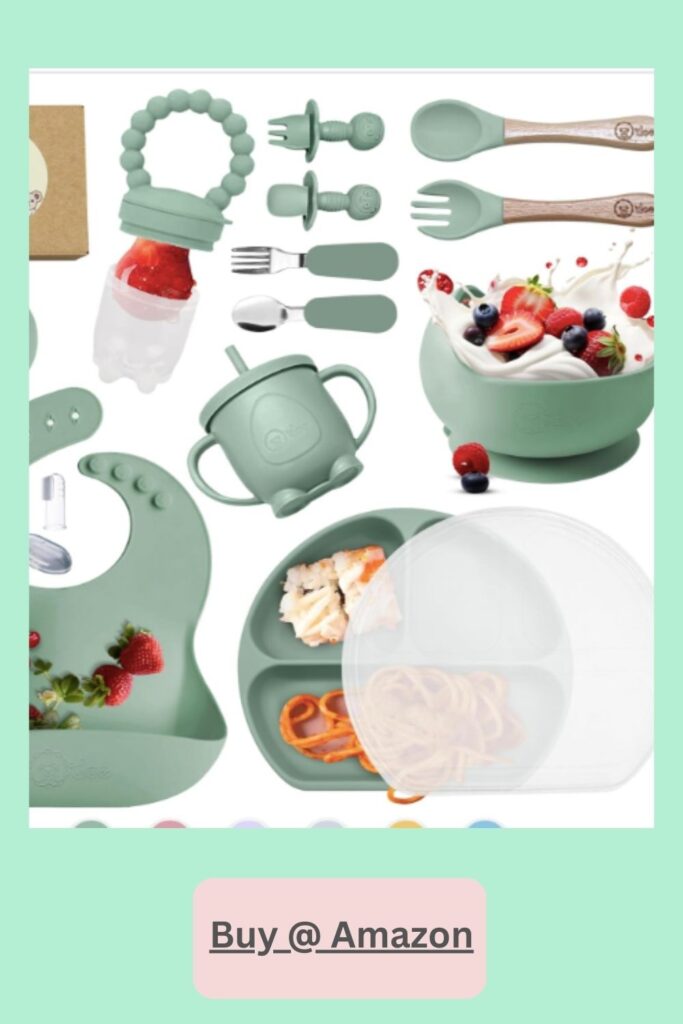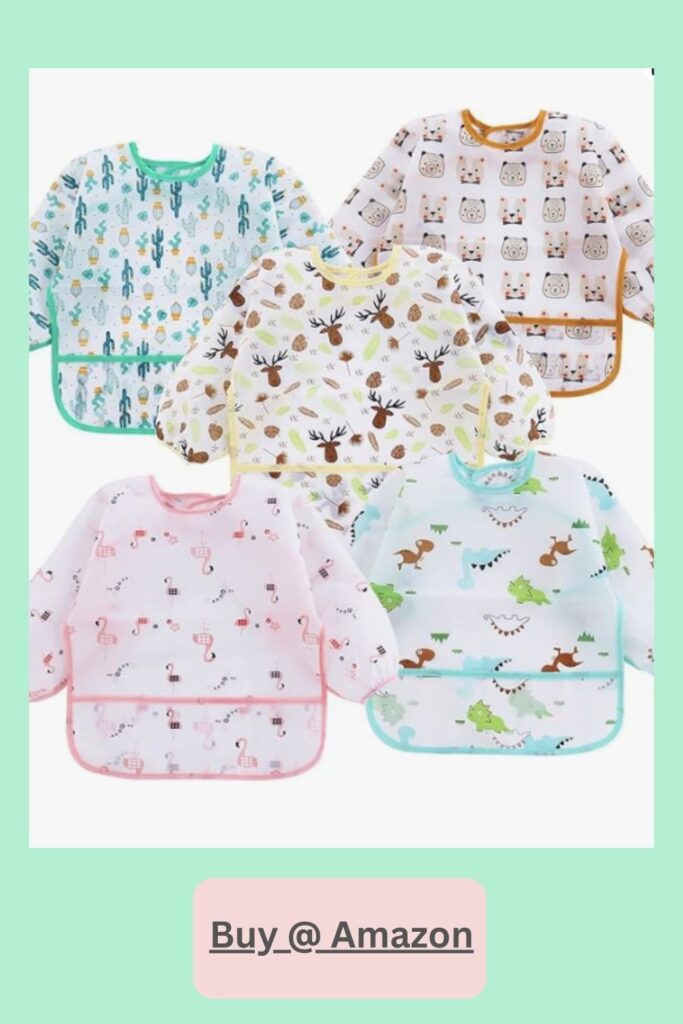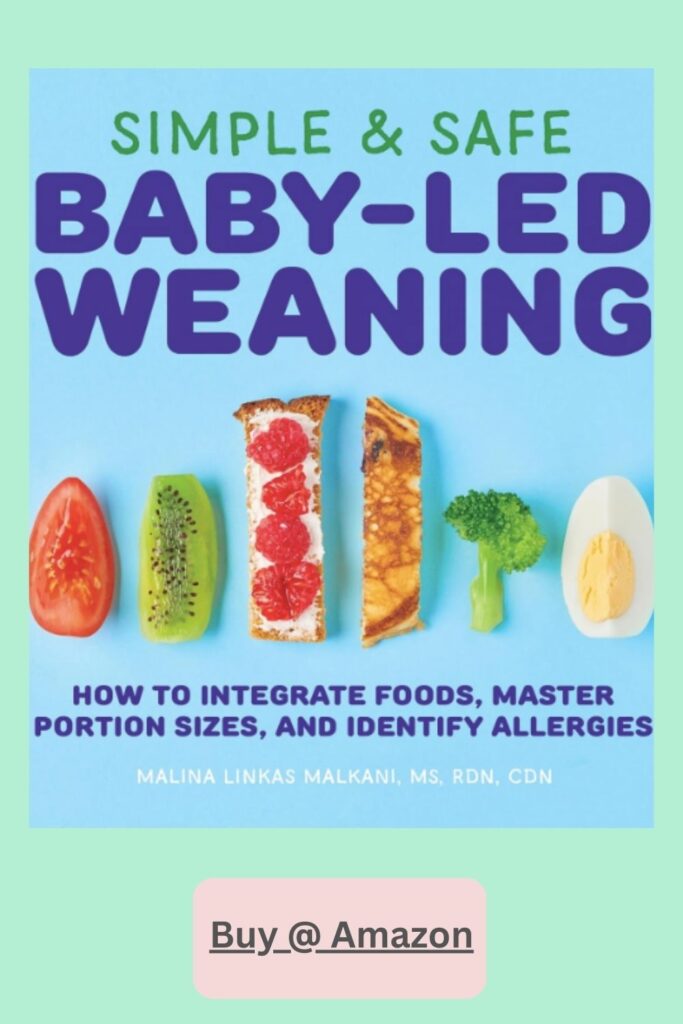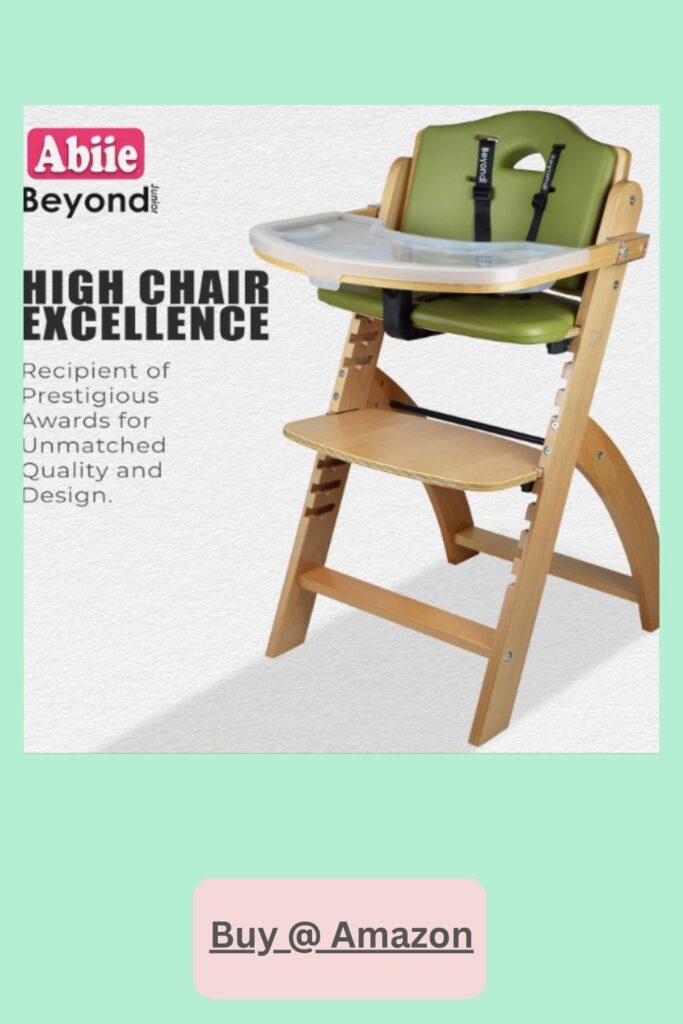This article contains an affiliate links to products. Wanderer Mom is an Amazon Associate and we earn from qualifying purchases through affiliate links at no extra cost to you. Thoughts and opinions in this article are solely Wanderer Mom’s. We only share products which we love and had experienced with. Thank you for supporting this blog.
When I first heard about Baby Led Weaning (BLW), it was an entirely new concept to me. I didn’t use BLW with my now 13-year-old daughter. It wasn’t until I spent countless hours watching YouTube videos during my pregnancy with my new baby that I became familiar with BLW. Here I laid out the benefits of BLW, sample BLW meal ideas, and BLW product essentials.
So, what exactly is Baby Led Weaning (BLW)?
Baby Led Weaning means letting your baby feed themselves from the start. You offer your baby soft food options, such as fruits, veggies, and even meat or fish, and let them explore and eat at their own pace.
You can start BLW as early as when your baby turns 6 months old. I introduced solid foods to my baby girl when she was about 5.5 months old. Her two teeth came in early, around 5 months, making her eager to try solids.
There are pros and cons to both BLW and traditional spoon-feeding. There’s no right or wrong method; it’s all about what works best for you and your baby. Trust your instincts, mama!
For my 7-month-old, I use a combination of BLW and traditional spoon-feeding, with BLW being our main method. Every day, I let my baby feed herself, but I also spoon-feed her chicken oat porridge, rice, or other soupy foods. Recently, I’ve been guiding her to hold the spoon herself, making sure she’s safe and doesn’t choke.
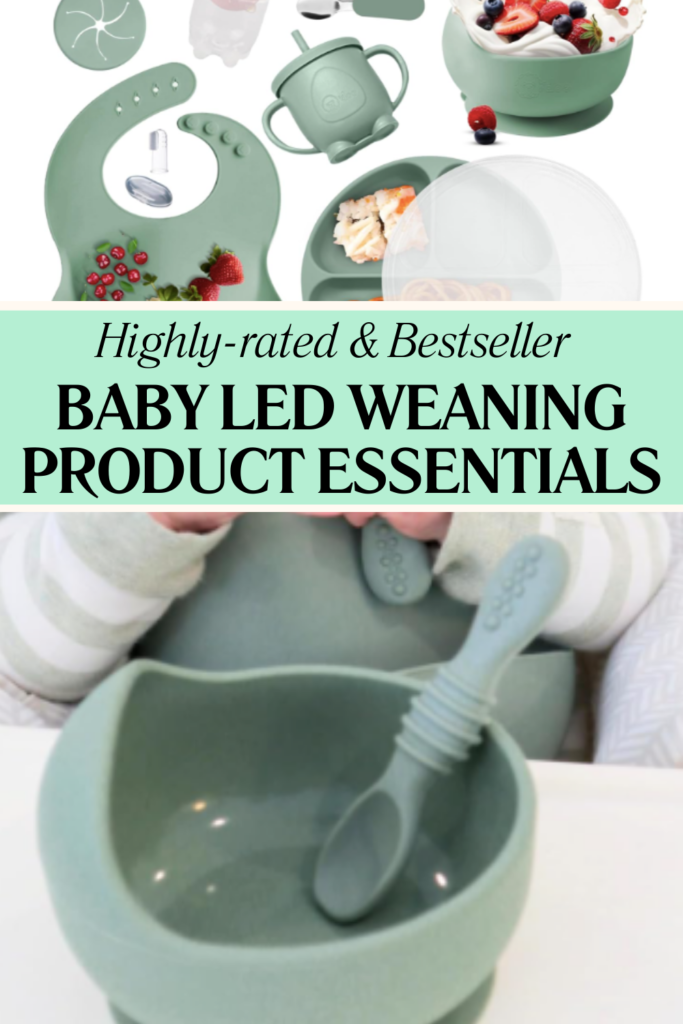
Benefits of Baby Led Weaning (BLW) for babies 6 months and up:
1. Encourages Independence: Babies learn to feed themselves, which promotes independence and self-regulation of hunger.
2. Enhances Motor Skills: Picking up food and bringing it to their mouth helps develop fine motor skills and hand-eye coordination.
3. Promotes Healthy Eating Habits: Babies exposed to a variety of textures and tastes may be less likely to be picky eaters later on.
4. Supports Family Meals: Babies can join family mealtimes, eating the same foods (appropriately prepared), which can make meals more enjoyable and less time-consuming.
5. Reduces Risk of Overfeeding: Babies learn to recognize their hunger and fullness cues better, which can help prevent overeating.
6. Improves Oral Development: Chewing on a variety of textures can aid in the development of jaw strength and oral motor skills.
7. Encourages a Positive Relationship with Food: By exploring food at their own pace, babies can develop a positive and curious attitude toward eating.
Remember, always ensure the foods are safe and appropriate for your baby’s age to minimize the risk of choking.
Following BLW, I’ve noticed my baby enjoys her mealtime with us. Each day, she gets better at picking up foods with her tiny fingers. Some of her favorite foods are avocado, carrots, broccoli, strawberries, and cherries.
My 7-Month-Old Baby’s Favourite BLW Meals:
Take a pic of my baby’s favourite foods below:
• Breakfast: Soft avocado slices and banana chunks
• Lunch: Steamed carrot sticks and small pieces of broccoli
• Dinner: Shredded chicken and soft-cooked sweet potato wedges
• Snacks: Halved strawberries and pitted cherries (cut into small pieces)
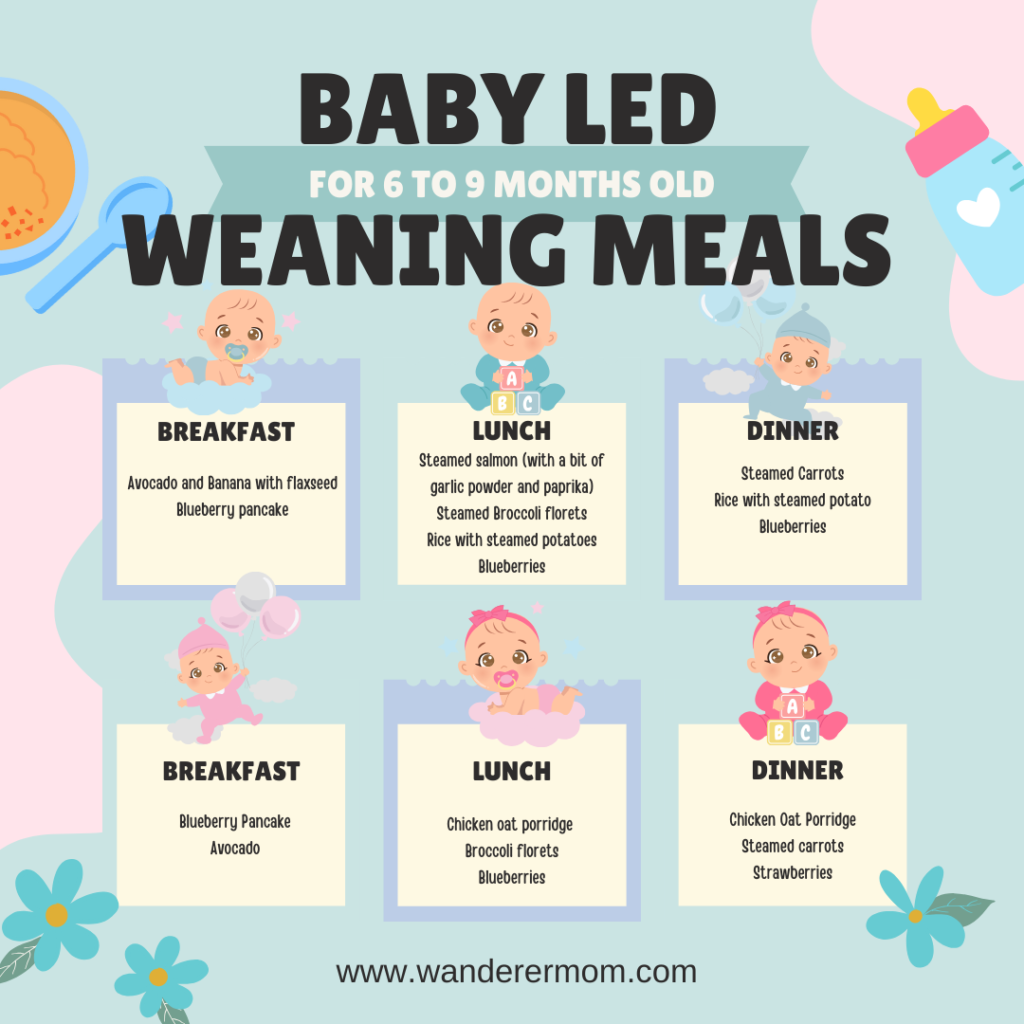
Watching my baby explore new foods and textures is a delightful experience. It’s amazing to see her growing independence and developing a healthy relationship with food. Happy weaning, mamas!
Resources:
